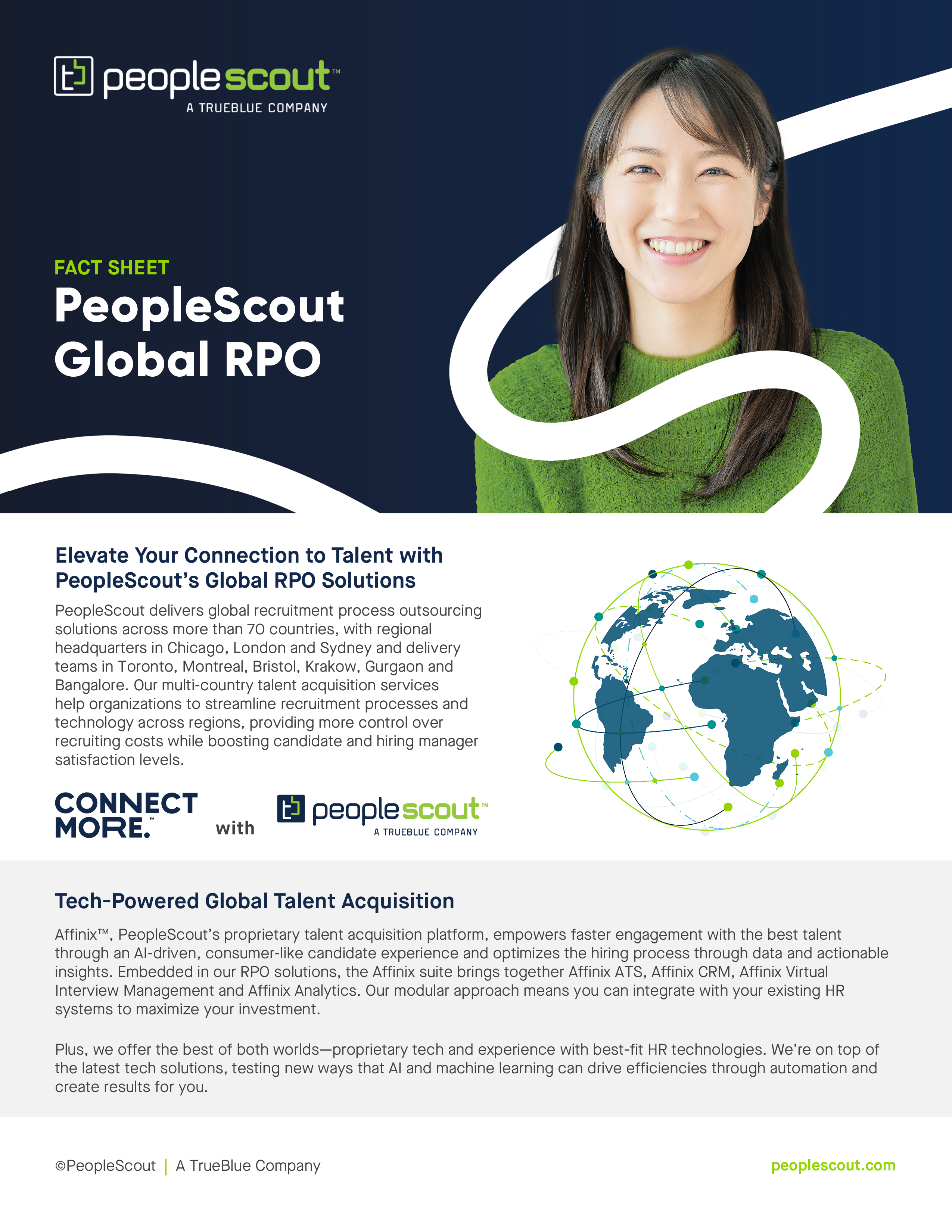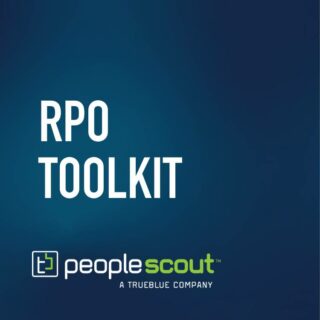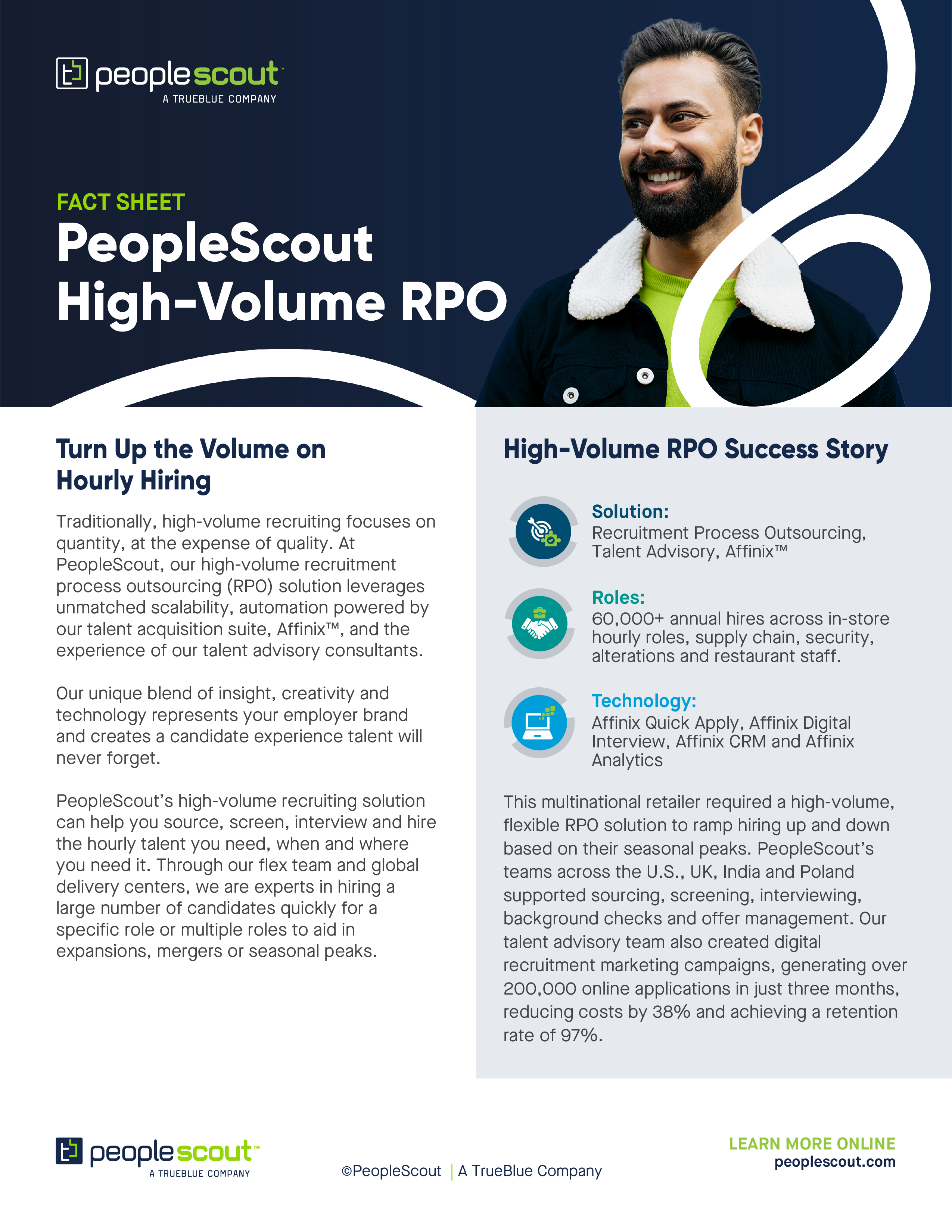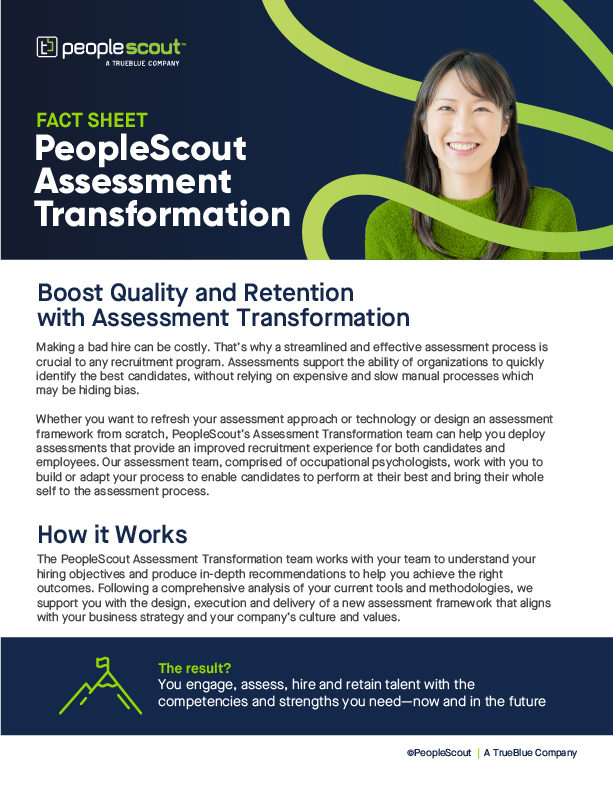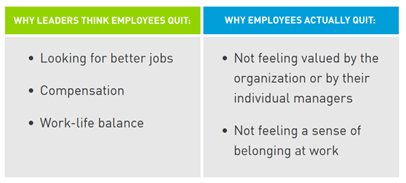
Situation
Heathrow Airport is a major international airport in London. With over 80 million travellers passing through annually, hundreds of staff are required to support operations 24 hours a day, 365 days per year. Security officers play a crucial role at the airport, screening baggage, engaging with passengers and patrolling the runways and terminals.
What started as an recruitment process outsourcing (RPO) partnership for 400 security officers sourced over six months, quickly grew to 1,000 vacancies in the same amount of time as travel restrictions loosened throughout the pandemic.
Due to the nature of the role, all offers for the security officer role at Heathrow were contingent on the candidate passing a thorough background screening and counter terrorism check, which can take up to 16 weeks. This stage requires the candidate to complete a lot of paperwork which can’t be cut back, so Heathrow needed PeopleScout to create a recruitment process that was fast and easy. Plus, we needed to find a way to keep candidates engaged during the long security check period to minimize drop-off.
In the previous process, after applying, candidates completed a telephone interview and then attended an in-person assessment center event at a hotel near the airport. However, the Heathrow team were experiencing challenges with this approach.
There were inconsistencies in the quality of candidates getting through to the phone interview stage, meaning that pass rates at the assessment center events were low. As the hotel venue incurred a cost for Heathrow, they needed to ensure that only candidates with the right skills for the role were getting to this stage to maximize their investment. The hotel events were held infrequently, and the two four-hour sessions at each meant they could only assess 30 candidates per event, 15 candidates in the morning and 15 in the afternoon. Plus, during the COVID-19 pandemic, due to the lockdown laws, these hotel events weren’t possible.
Solution
PeopleScout reengineered Heathrow’s security officer recruitment process to get candidates through the screening, interview and assessment stages in a matter of days—all done in a COVID-safe, virtual way.
We introduced a completely bespoke virtual testing platform called One Experience Assessment (1XP). The candidates completed the assessment after applying, which allowed us to screen for essential skills. Tests were engaging and video-based, creating an immersive experience showcasing what it would be like to work in the airport. Scenarios evaluated candidates’ spatial awareness, as well as their ability to identify potential hazards such as hidden weapons or unattended suitcases. This virtual assessment tool allowed Heathrow to evaluate 52 candidates per day (up from the previous 30) and eliminated venue rental costs.
Candidates who passed the virtual assessment center were immediately prompted to either schedule a telephone interview with one of our recruiters or to submit an audio recording of themselves answering pre-determined questions which were then screened. Successful candidates participated in a live virtual interview facilitated by our team, which we were able to expand to accommodate their high-volume recruiting.
To support offer holders during the background screening process, PeopleScout created a video that explained what to expect, which Heathrow sent out to candidates. Our recruiters checked in with these candidates to ensure they were completing the required paperwork in a timely manner. We continued these pre-start check-in calls after the background check process was underway in order to keep candidates engaged and ensure they were still keen to start onboarding once cleared.
Results
We not only filled the 1,000 security officer positions for Heathrow in the allotted six-month period—we exceeded the goal. By shifting the assessment stages to earlier in the journey, we were able to improve candidate quality and test more people at a faster rate—a 73% increase—with less expense for the client in the long run. Candidates loved the immersive assessment experience, giving an NPS score of 70+ out of 100.
In addition, we were able to improve diversity amongst new security officers—48% of the hires were women. Our partnership with Heathrow continues to expand through our always-on RPO approach.
PeopleScout was named the Supplier of the Year at Heathrow Airport’s Supplier Awards. We were also the winner of the Candidate Experience Award at the 2023 Personnel Today Awards for our work in partnership with Heathrow.
At a Glance
- COMPANY
Heathrow Airport - INDUSTRY
Travel & Tourism - PEOPLESCOUT SOLUTIONS
Recruitment Process Outsourcing - ABOUT HEATHROW
Heathrow is the UK’s largest airport, located near London and serving millions of travelers from around the world. Heathrow is used by over 90 airlines flying to 214 destinations in 84 countries.

